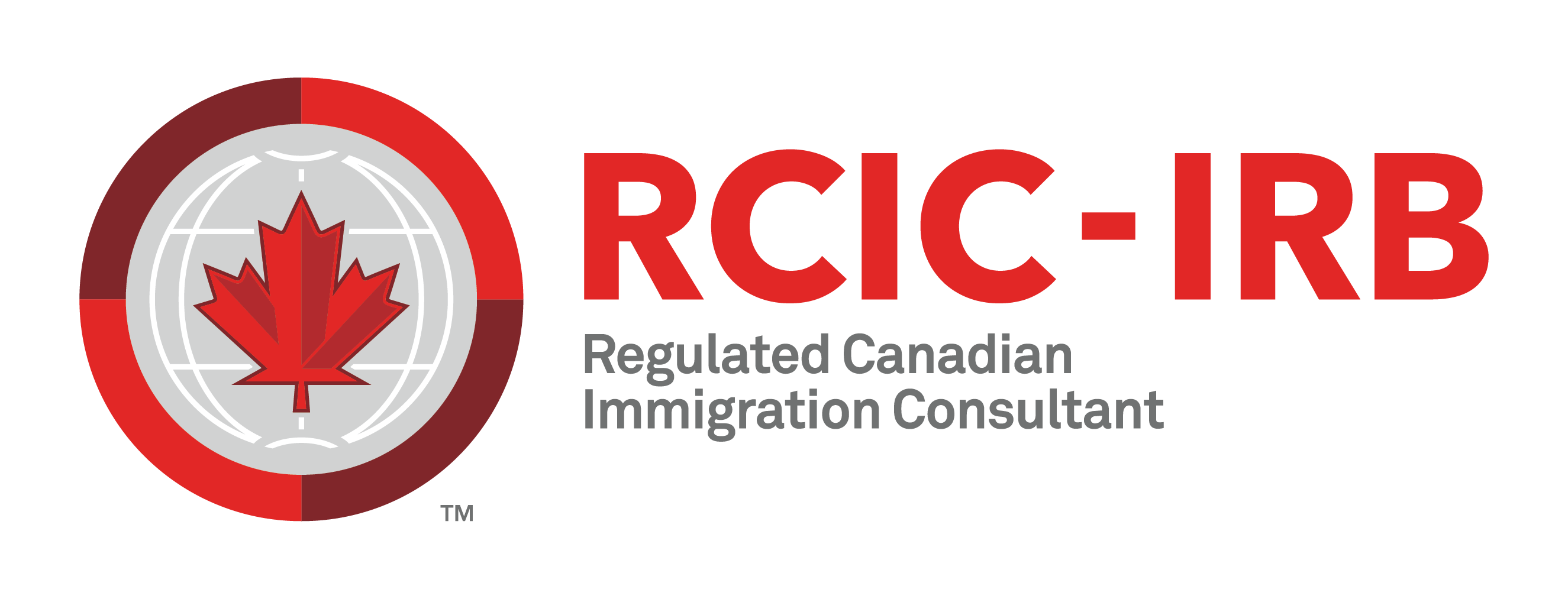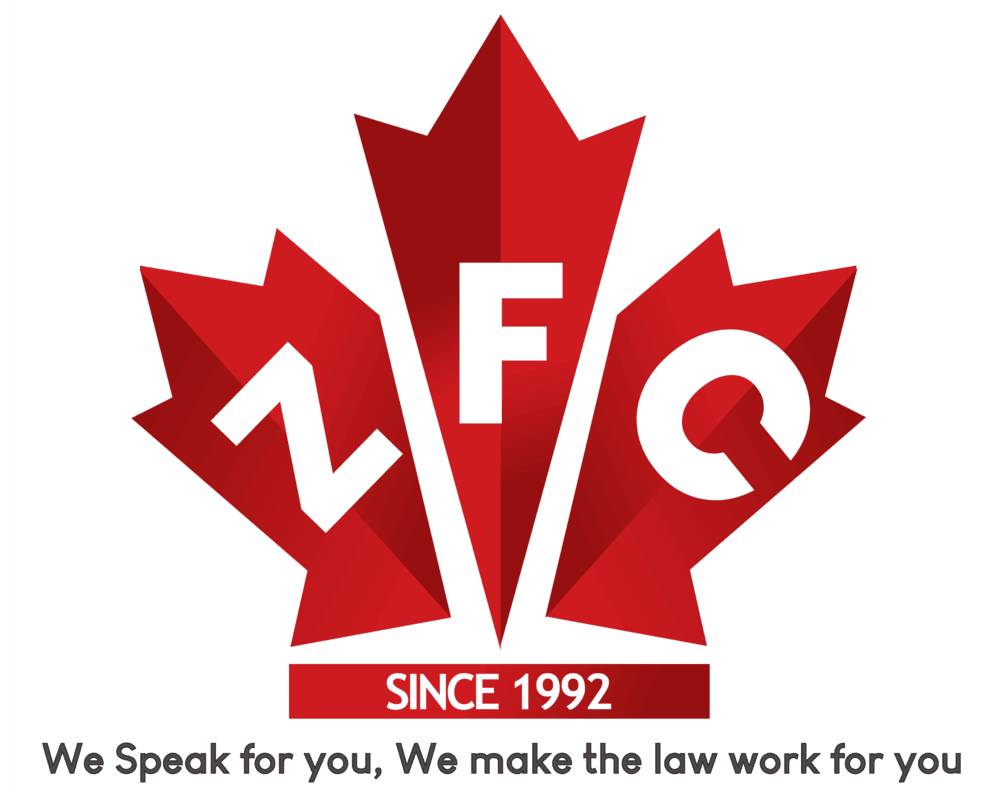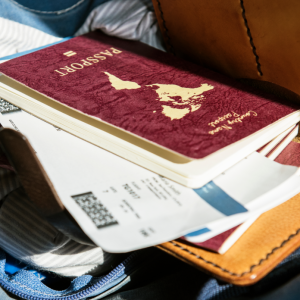The backlog of Express Entry PNP applications in the immigration department’s inventory has surged, even as the overall backlog has continued to decrease in line with the trend in recent months.
The total number of applications in the department’s backlog was 779,900, as of March 31, 2025, according to the most recently published data, released on 29 April, 2025.
Consult with an experienced immigration representative
Considering that the backlog a month prior was 821,200, this reflects a 5.03% reduction.
This is the fourth month in a row that the backlog has remained under 1 million applications.
To provide additional context, below are the total immigration backlog figures recorded on the last day of each month, over the past six months:
| Month | Immigration backlog | Change relative to preceding month |
|---|---|---|
| October, 2024 | 1,056,100 | -3.73% |
| November, 2024 | 1,006,500 | -4.70% |
| December, 2024 | 942,300 | -6.38% |
| January, 2025 | 891,100 | -5.33% |
| February, 2025 | 821,200 | -7.95% |
| March, 2025 | 779,900 | -5.03% |
As of March 31, IRCC’s total application inventory stood at 1,976,700. The department processed 1,196,800 of these within their service standards.
What is a backlog?
When an immigration application isn’t finalized within IRCC’s published service standards, it’s classified as part of the backlog. These standards serve as IRCC’s internal benchmark for how long applications should ideally take to process.
Processing times, or service standards, vary depending on the application type. For instance, Express Entry applications meet service standards when processed within six months, while family sponsorship applications have a 12-month service standard.
Therefore, any Express Entry application that takes longer than six months or family sponsorship case exceeding 12 months is counted in the backlog.
IRCC aims to process 80% of the applications it receives within service standards. The 20% allowance for exceeding service standards is intended to be for more complex cases, such as those which require additional documentation, review, or decision-making.
Current backlog
Permanent resident applications
As of March 31, 2025, IRCC had a total of 852,700 applications in its inventory for permanent residence (PR) immigration programs—these include the Express Entry program, Express Entry-aligned Provincial Nominee Program (PNP) streams, and family sponsorship programs.
Of these applications, 472,600 (55%) were being processed within service standards, meaning 380,100 applications were left in the backlog.
Compared with last month, there were just over 10,000 additional applications in the inventory as of March 2025.
While IRCC does not provide specific figures, they’ve noted that 27% of Express Entry applications were considered backlogged, exceeding the department’s 20% backlog target by 7%.
For PNP applications done through Express Entry, the backlog shot up to 44% (against the projected 30%) as of the end of March 2025 after having been 36% just last month. Comparable backlog data for Express Entry-aligned PNP applications hasn’t been seen since June 2022, when the backlog for such applications was 45%.
Finally, the family sponsorship backlog (14%) is the only category of PR applications to remain within the projected backlog (15%) as of the end of March 2025, mirroring figures seen last month.
Temporary resident permit applications
As of March end, 60% of temporary residency (TR) applications were being processed within IRCC’s service standards. This category includes work permits, study permits, and visitor visas.
Of the 884,600 TR applications in the department’s inventory, 528,400 were processed within service standards—resulting in 356,200 applications remaining in the backlog.
Notably, there were 62,600 total fewer applications in inventory since last month’s end.
When broken down by program, visitor visas have the greatest percentage of applications remaining in the backlog.
As of March 31, 58% of visitor visa applications were backlogged, against a projected backlog of 45%.
When it comes to study permits, the backlog decreased from 45% (end of February 2025) to 37% (end of March 2025). Despite this reduction, IRCC fell short of meeting its projected backlog (15%) by 22%.
As for work permits applications, the published backlog rose from 34% to 42% over the course of approximately one month. IRCC’s projected backlog for this duration was 24%, indicating the department missed this mark by 18%.
Citizenship grants
The citizenship application backlog remains low, and has slightly decreased since last month (-200 applications).
The total number of citizenship applications in IRCC’s inventory was 239,400 as of March 2025.
Citizenship has the smallest backlog, with 195,800 (82%) of applications having been processed within service standards.
This leaves 43,600 citizenship applications (or 18%) in the backlog, a figure that has remained consistent since January 2025.
How is IRCC reducing the backlog?
On October 24, 2024, the federal government released the 2025-27 Immigration Levels Plan, which outlines a reduction in permanent resident admissions targets over the next three years. A decrease in immigration targets can streamline application processing and inventory management.
In January 2025, IRCC announced plans to cut around 3,300 jobs over three years in response to lower immigration targets. While the reduced intake could help ease the backlog, the job cuts have raised concerns about slower processing times. Details about which roles will be affected haven’t been shared, and the full impact remains unclear.
IRCC also announced in November 2024 that it would be implementing new technologies, namely advanced analytics and automation, to facilitate application processing. These technologies will assist officers with tasks such as application sorting and categorization, routine task completion, and identifying application complexity. As a result, officers will have more time to focus on processing complex cases that contribute to their backlog.
Finally, caps introduced by the federal government on certain immigration programs will help IRCC in managing their application inventories. For example, earlier this year the department introduced its decision to cap study permit applications in 2025 at 550,162.
Consult with an experienced immigration representative










